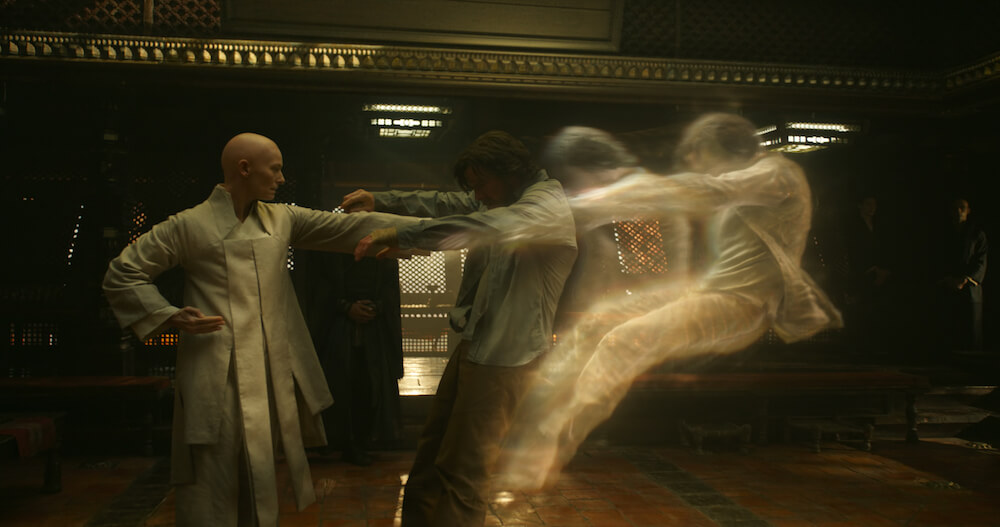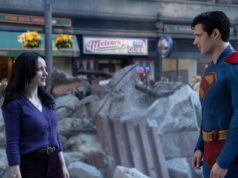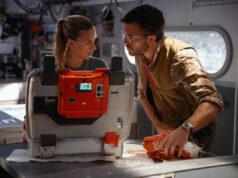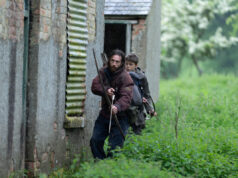Marvel’s superhero films have become so important and cherished by modern cinemagoers that without them, much like the very blood cells that pump through their bodies, they will probably die.
The latest film to be poured into the Marvel cinematic universe IV drip is Doctor Strange, centred around charismatic and arrogant neurosurgeon Dr Stephen Strange (Benedict Cumberbatch from Imitation Game, Sherlock).
As a superhero movie tragic I loved this film from the get go but while the regular journey of ‘person experiences hardship, person gets powers, person becomes a better person’ is followed, Doctor Strange adds a healthy dose of LSD to it.
Dr Strange loses the use of his famous hands following a car accident and eventually spirals into a deep depression after western medicine fails him.
He turns his gaze east and travels to Nepal where he joins a mysterious ‘cult’ and learns the mystical powers of the universe.
Eventually he joins a war against a group of Zealots hell-bent on offering Earth up as a tasty dessert to the most powerful being in the multiverse.
The greatest thing about this film is how well CGI is used to create stunning backdrops to fight scenes.
At one point Doctor Strange’s teacher The Ancient One (played by Tilda Swinton from the Chronicles of Narnia) is folding buildings on one another a la Inception-style while battling the Zealots.
At another point the Doctor is being cannoned through different dimensions and hands start grow out of his hands, which then sprout smaller hands.
It’s creative filmmaking in the 21st century and I loved it.
As a critic it would be remiss of me not to point out the flaws in Doctor Strange and there was a big one. It ended.
Rating: M
4.5 out of 5 stars
In cinemas now














